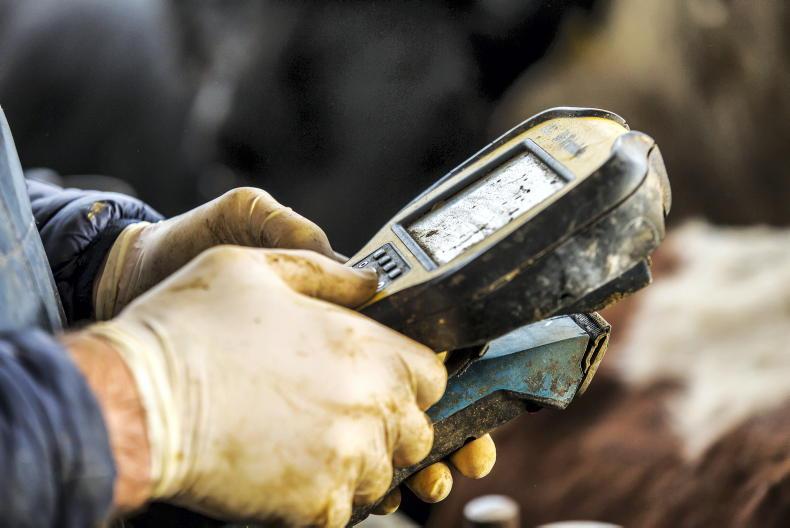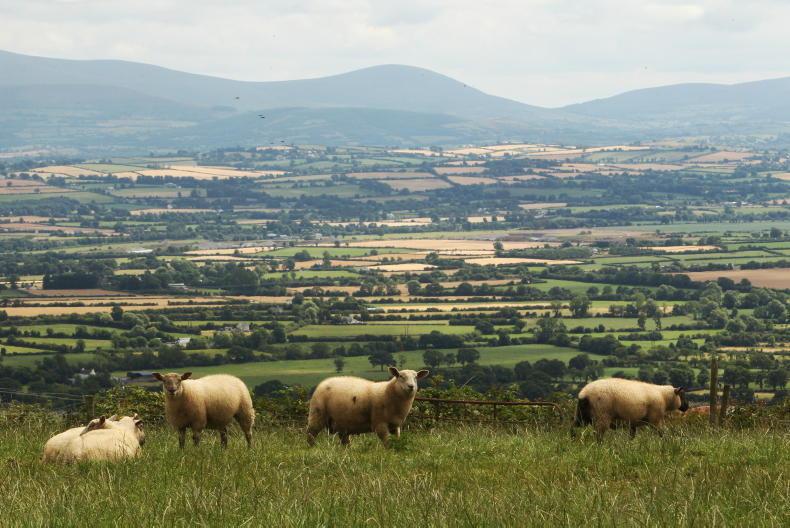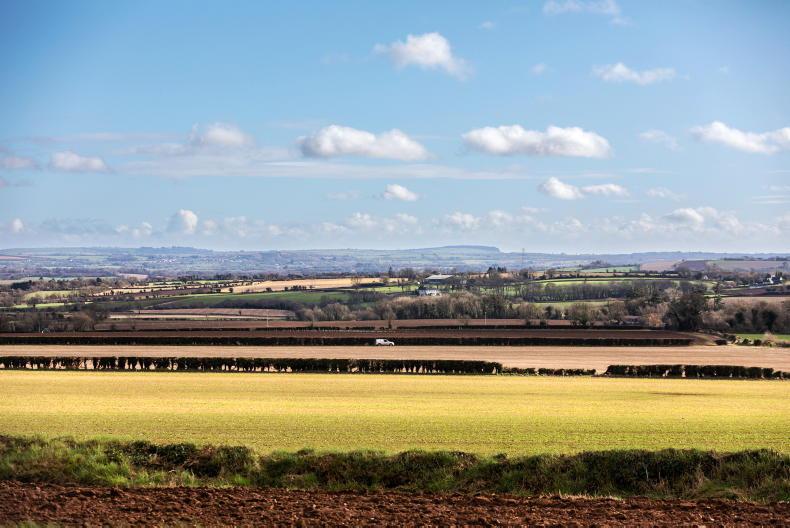Ireland’s tax dispute saga with international tech company Apple and the European Union has come to an end, with Ireland set to gain €14bn.
The question now is how the windfall will be spent.
Below is a list of seven ways the money could be spent to help fix problems facing the Irish agricultural sector.
1. Fixing the ACRES scheme
The Department of Agriculture could spend some of the money on the IT problems that have plagued the Agri-Climate Rural Environment Scheme (ACRES).
Issues processing payments and approving non-productive investments (NPIs) are two key issues that some of the windfall could be spent on.
2. Eradicating TB
Bovine tuberculosis has been a major problem for decades.
The news this week that TB reactors have soared past 36,000 head shows that the problem is far from being solved.

Further funding for the wildlife programme, increased support for research and a trial into using cattle vaccines here could be a starting point.
3. Reopening sugar beet factories
Ireland’s last remaining sugar beet factory closed in 2007 after the restructuring of the sector the previous year and competition from EU member states.
Now, sugar cane totals around 80% of the world’s sugar production and some consider its more environmentally efficient to produce sugar from sugarcane-growing countries than from sugar beets in colder climates, even with transport emissions included.
However, previously, Ireland had four national factories - Tuam, Thurles, Mallow and Carlow - and the reopening of factories would bring jobs back to some rural areas while also increasing our roster of homegrown food products.
4. New schemes
A farm retirement scheme has been part of the discussion of late and a slice of the €14bn could be put into a scheme which would allow older farmers to retire while allowing young farmers to succeed them.

The forgotten farmers scheme has long been mooted by Minister for Agriculture Charlie McConalogue and a proposal is on his desk. Funding could be drawn from the Apple money to support such a scheme.
5. Investing in the wool industry
The price of wool has dropped to its lowest level, as shearing sheep has now become an expense outlay instead of an income source.
This is due in part to the increased use of cotton and synthetic fibres in Irish clothing production.

Maybe with investment in Irish wool clothing, house insulation and environmental options, demand for wool could finally see a rise in the dwindling price of wool.
6. Feed additives
New feed additives are being tested and hailed throughout agricultural agencies and organisations globally, but many have not completed enough testing to warrant subsidising them. Work at Teagasc is ongoing.

With the race to reach Ireland’s 2030 climate goals, could more substances be tested in the country and could farmers be incentivised to trial these practises?
7. Free farm courses
This initiative will definitely not need €1bn to implement and could drastically help farmers improve their abilities and efficiency.
Free-of-charge courses could improve the effectiveness of AI in sheep and cattle, IT training could help farmers cope with the bureaucratic burden of paperwork and hoof trimming could help reduce lameness in the herd at a quicker rate.
All of these courses are available, but at a cost, which can be a deterrent to farmers.






 This is a subscriber-only article
This is a subscriber-only article










SHARING OPTIONS: